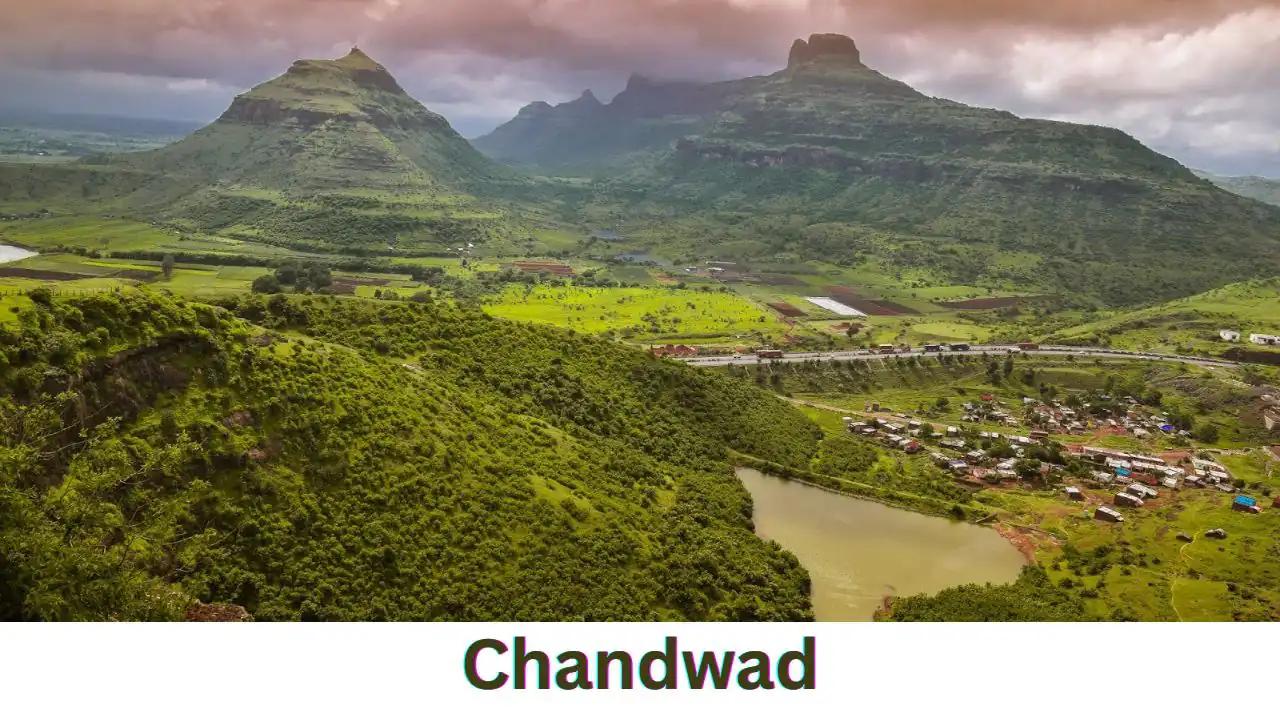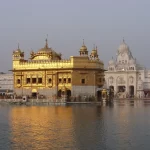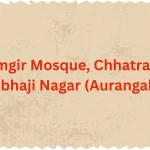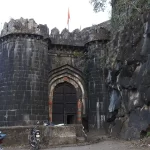Chandwad, Nashik District, Maharashtra, India
Unveiling Chandwad: Where History, Spirituality, and Nature Converge in Maharashtra’s Hidden Gem
Ready to explore Chandwad’s timeless wonders? Share your travel plans in the comments or download our free monsoon itinerary!
🔴 Introduction:
🔘 The Enigmatic Charm of Chandwad
Nestled in the lush hills of Nashik District, Chandwad (IPA: Cāndavaḍa) is a treasure trove of history, spirituality, and natural beauty. Located 250 km from Mumbai and 71 km from Nashik city, this tehsil headquarters offers a unique blend of ancient legends, architectural marvels, and vibrant local culture. With a population of ~25,000, Chandwad’s serene landscapes and rich heritage make it a must-visit for history buffs, pilgrims, and monsoon travellers alike.
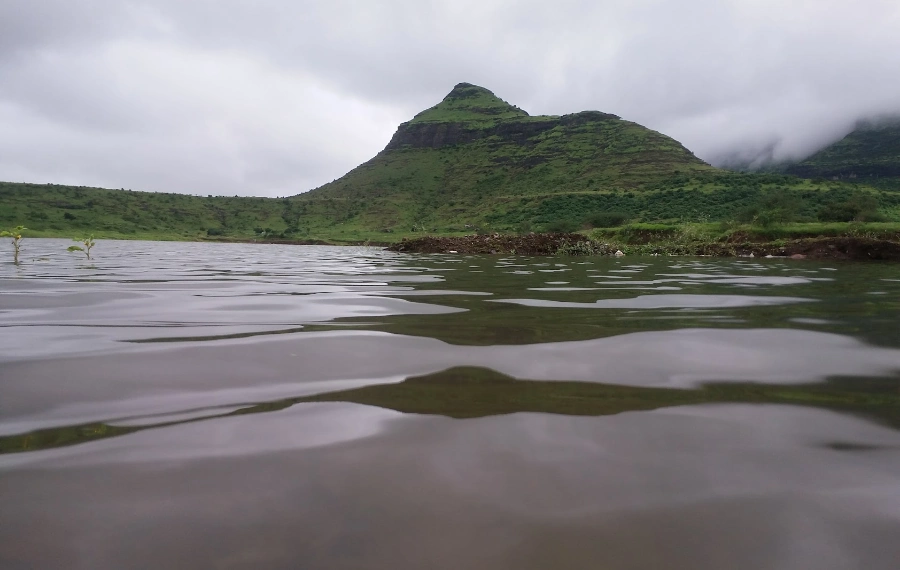
🔘 A Mythological Tapestry
Chandwad’s origins are steeped in Hindu mythology. Legend says the severed head of Goddess Renuka, mother of Parashurama, landed here, leading to the construction of the revered Renuka Mata Temple. Another tale recounts King Vikramaditya’s trials during his SadeSati (Saturn’s phase), where his mastery of Deepak Raga illuminated lamps and won him a royal marriage . These stories, passed down through generations, are etched into the town’s identity.
🔘 Architectural Splendours
From the 11th-century Jain Caves dedicated to Tirthankara Chandraprabh to Queen Ahilyadevi Holkar’s Rangmahal Fort, Chandwad’s architecture reflects its layered history. The Chandreshwar Temple, built 2,100 years ago by King Chandradev, stands atop a hill, offering panoramic views and a spiritual retreat.
🔘 Monsoon Magic
During rains, Chandwad transforms into a misty paradise. The Sahyadri ranges come alive with waterfalls like Rahud Dam, while the town’s handloom heritage—though faded since the 1970s—still echoes in its bustling markets.
Also Read
🟢 Detailed Section Breakdown
👉 History & Architecture
👉 Places to Visit
👉 Travel Tips & Climate
👉 Culture & Economy
👉 FAQs
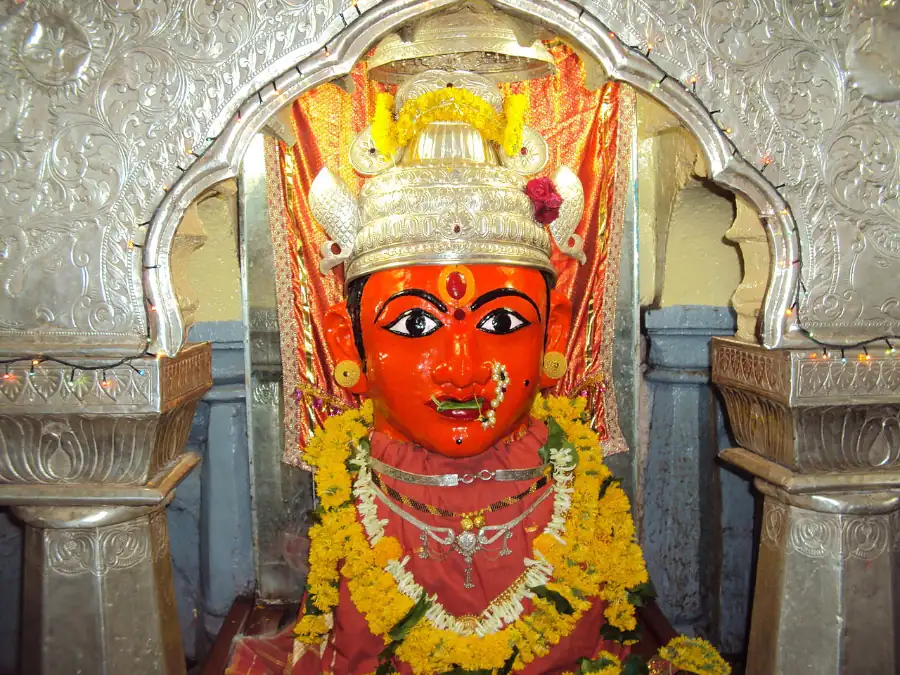
⭕ History & Architecture: Chronicles in Stone
➤ Ancient Foundations
Chandwad’s history dates to the 8th century under the Chandor Yadava Dynasty. The fort, built by King Dridhaprahara, guarded trade routes between Khandesh and Nashik. Mughal inscriptions from 1636 AD reveal its strategic importance, later fortified by Maratha rulers like Malharrao Holkar.
➤ Holkar Legacy
Queen Ahilyadevi Holkar, a devout Shiva follower, left an indelible mark. Her Rangmahal Fort, now housing government offices, once had secret tunnels connecting to temples and wells—a marvel of medieval engineering. She also built lakes and roads, including parts of NH-3, linking Indore to Trimbakeshwar.
➤ Sacred Geometry
⦿ Chandreshwar Temple: A blend of Hemadpanthi and Mughal styles, this Shiva temple features intricate carvings of Surasundaris (Celestial Maidens) and a sacred lake, Ganesh Taka.
⦿ Jain Caves: Carved into hills, these caves showcase serene Tirthankara statues and attract pilgrims during Paryushan.
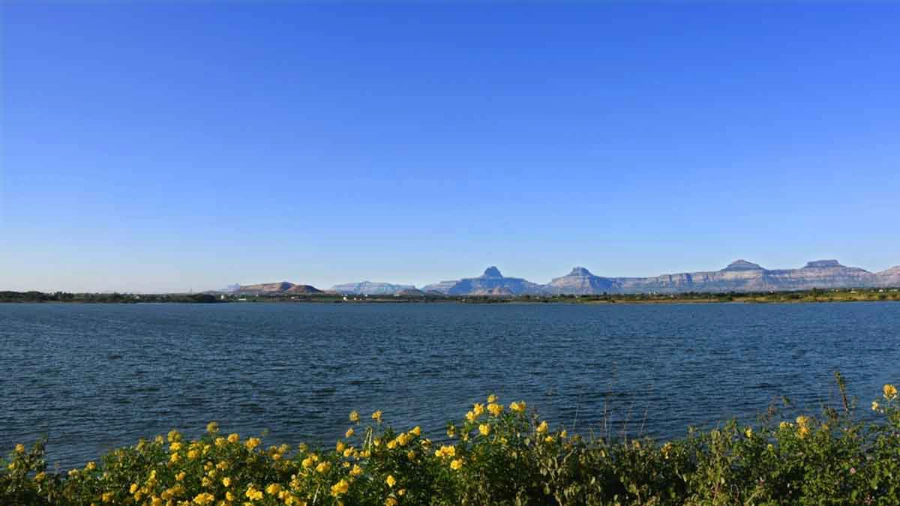
⭕ Places to Visit: From Forts to Festivals
➤ Top Attractions
👉 Rangmahal Fort: Explore Ahilyadevi’s palace-turned-administrative hub. Don’t miss the underground tunnels!
👉 Indrai Fort: A trekker’s paradise with panoramic views of the Satmala range.
👉 Renuka Mata Temple: Mythological site where devotees seek blessings for prosperity.
👉 Jain Caves: Meditate amid 11th-century rock-cut artistry.
👉 Dhodap Fort: Maharashtra’s second-highest fort, ideal for sunrise hikes.
➤ Cultural Hotspots
⦿ Nanavali Dargah Sharif: A symbol of communal harmony, attracting both Muslim and Hindu devotees.
⦿ Ganesh Mandir (Vadbaare): Known for fulfilling wishes (Ichhapurti), especially during Ganeshotsav.
⦿ Renuka Mata Temple: A holy place which is located and situated on Mumbai-Agra national highway No. 3 at the caves which 1.5 km away from Chandwad.
⭕ Travel Tips & Climate
➤ Best Time to Visit
⦿ October–March: Pleasant weather (15°C–30°C) for temple-hopping and trekking.
⦿ Monsoon (June–September): Lush greenery but risky for landslides. Pack waterproof gear!.
➤ How to Reach
⦿ By Rail: Nearest stations—Manmad (25 km), Nashik Road (71 km).
⦿ By Road: NH-3 connects to Mumbai (250 km), Pune (220 km), and Indore.
⦿ By Air: Nashik Airport (85 km), Mumbai Airport (250 km).
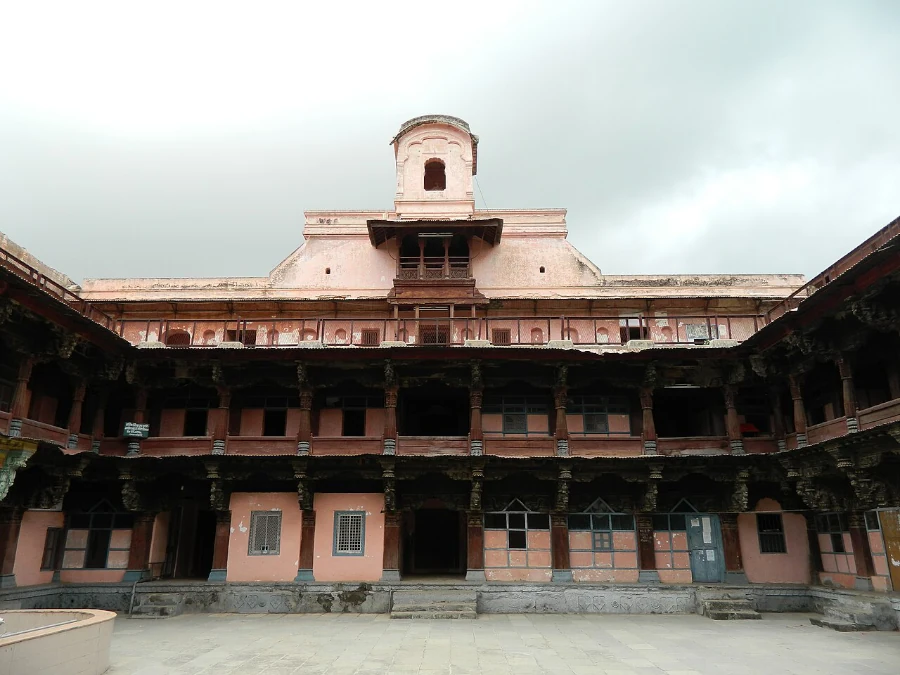
⭕ Culture & Economy
➤ Demographics
⦿ Population: ~152,948 (2015 data).
⦿ Languages: Marathi (official), Hindi, Ahirani, Bhili.
⦿ Economy: Agriculture (Sugarcane, Grapes), Brass Craftsmanship, and Education hubs like SNJb College.
➤ Local Lifestyle
⦿ Festivals: Ganeshotsav sees grand processions; Koli dance performances during harvest.
⦿ Cuisine: Try Pithla-Bhakri (Gram Flour Curry with Millet Bread) and Nashik’s Wine Trail nearby.
⭕ FAQs
Is Chandwad safe during monsoons?
Yes, but avoid trekking during heavy rains. Stick to paved roads.
What’s unique about Chandreshwar Temple?
Its 7 tombs of Shaiv Gosavis and ancient water systems.
Any offbeat stays?
Home-stays in Bhoyegaon Village offer rural Maharashtrian experiences.
⛔ Conclusion
Chandwad is more than a stopover—it’s a journey through time. Whether you’re tracing Holkar’s legacy, marveling at monsoon-kissed hills, or savouring local delicacies, this town promises an unforgettable escape.
⛔ Sources:
👉 Nashik District Government Portal
👉 Local travel blogs and historical archives.
⛔ Image Credit:
👉 Wikimedia Commons (Rang Mahal Image)
👉 Loksatta
👉 Wikimedia Commons (Renuka Devi Chandwad Image)
For more information, you can visit our website: ExploreXP
Loved this guide? Pin it for later or share with fellow travellers! 🌄
- Arrah, Bihar: A Comprehensive Travel and Cultural Guide
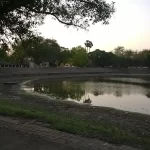
- Aranya Devi Temple – Arrah, Bihar: Where Mythology Meets Modern Devotion

- Anjaneri Hill – Nashik, Maharashtra: Where Myth Meets Majesty
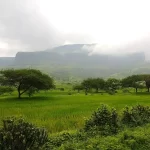
- Anand Sagar, Shegaon, Maharashtra – A Spiritual Oasis Blending Serenity & Adventure
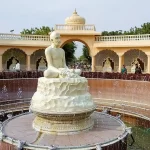
- Aga Khan Palace – Pune’s Monument of Freedom and Legacy
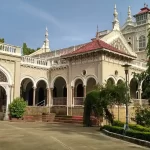
- Attari Sham Singh Railway Station – A Historic Gateway to Punjab’s Heritage

